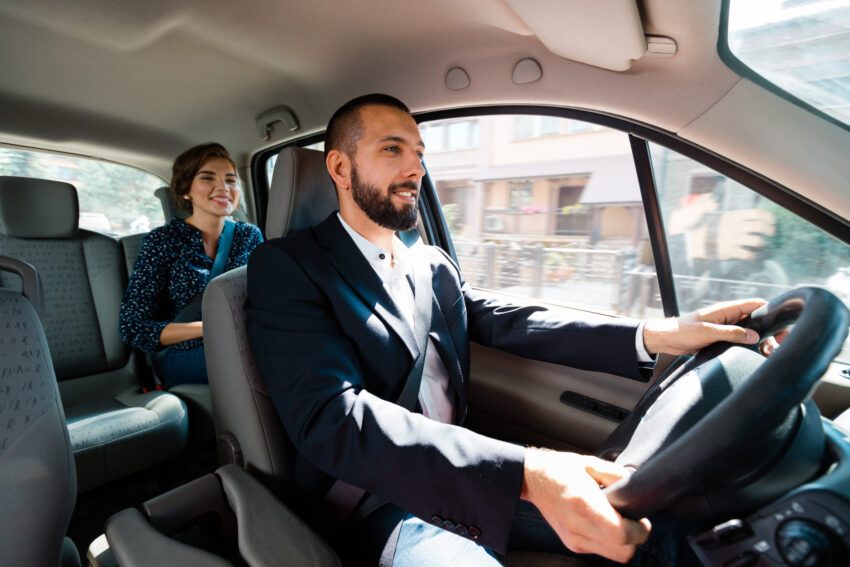Uber is to increase its rates by 10% in London in an attempt to lure drivers back on to its platform, as cab companies across the UK struggle to meet booming demand.
Customers using the ride-hailing app have faced longer waits and more cancellations from drivers cherry-picking jobs in recent weeks, as well as more surge pricing as requests exceed the numbers of cars available.
Many Uber and minicab drivers quit the sector during the Covid pandemic when lockdown rules caused jobs to dry up.
Public demand for taxis has grown in recent months, with social distancing eased and ever more people returning to nightlife, while some public transport networks have been cut.
Uber said the rise, which would come into effect in the capital from Thursday, was the first in its base rates since 2017 and would help avoid the fluctuations caused by frequent surge pricing if more drivers could be attracted back.
A 15% surcharge would also apply at peak times for rides to Heathrow, Gatwick, Stansted and Luton, meaning some prices would increase by up to 25%.
The app’s overall number of registered drivers had not fallen significantly, Uber said, but many had opted for other work such as delivery or signed on with other platforms instead of staying full-time on the app.
Calls for taxis have risen in the UK by almost 20%, and Uber would need about 20,000 more drivers to return to usual service levels.
Demand had increased even more in some cities outside London, Uber said, including by 24% in Birmingham and 40% in Nottingham; demand in the capital was up by 20%.
The firm has recently begun classing drivers as workers after a long court battle, adding contributions to pensions and pay in lieu of holiday. It said drivers could earn £20-£30 an hour on average.
An Uber spokesperson said: “We’re making these changes to help provide a better rider experience by signing up more drivers to meet the growing demand. We know people rely on Uber to book a safe trip around London and this small fare increase will help reduce wait times. As always, riders will get a fare estimate before booking their journey.”
Uber’s rival Bolt said it had also experienced a surge in demand, with searches up 300% in some cities over the past six months.
Bolt takes less commission from drivers, but has also struggled to meet all requests. The number of employees on its books had remained constant, a spokesperson said, but it was trying to recruit as many new drivers as possible.


